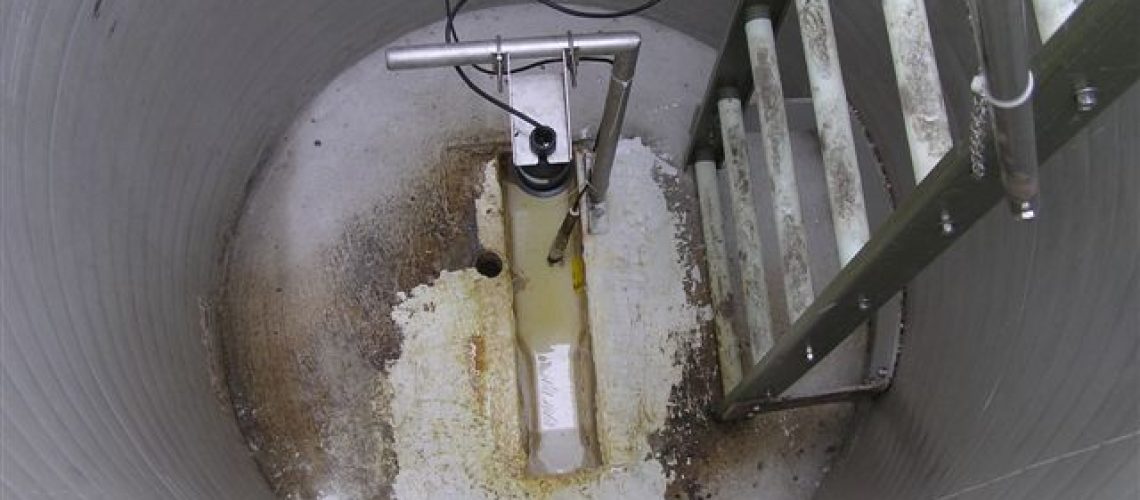If you’re looking to implement a Palmer-Bowlus flume in your flow channel, there are a few considerations to keep in mind. While these flumes can work well and provide accurate flow rate measurements, it’s important to avoid some of the most common mistakes that go along with this type of flume. Here are the most common errors in Palmer-Bowlus flumes you’ll want to avoid.
Poor Approach Channel Conditions
One of the most important aspects of any flume is having proper approach channel conditions that create a uniform velocity profile. If the velocity profile doesn’t have a uniform distribution, all your measurements will be thrown off because upstream depths will be too low. The greater the error here, the less the depth will be. Roughness in the upstream channel is the primary cause of this, so you may have to take steps to condition the flow before it reaches the flume’s exit.
When the approach channel has rough conditions, the flow will suffer from energy loss and lead to a decreased discharge coefficient. That means less flow is passing through compared with what the depth measurements would indicate. In general, you’ll want to keep the roughness of the flume and flow channel about the same as smooth concrete. Anything rougher can lead to trouble.
Failing to Account for Slope
While it’s not uncommon for flumes to have a slight slope at times, that slope can significantly throw off measurements if you don’t account for it properly. For example, if the flume slopes downward in the same direction as the flow, the control point will shift upstream from the edge of the throat ramp. If this throws off the discharge measurement, you’ll have to recalibrate your measurements in the field.
If you have an upward slope in which the outlet is higher than the inlet, the zero reference point needs to be moved to the uppermost edge of the throat ramp. Failing to do so will leave you with inaccurate readings that will render all measurement efforts useless. Always make sure to adjust your equation and values accordingly based on the slope of the flume, and even then, make sure you keep the slope within acceptable parameters.
Not Managing the Froude Number
For proper flow measurements to happen, you’ll have to implement the proper Froude number. The Froude number represents the inertia force of the flow compared to its weight. A Froude number of 1 would represent the point of criticality, so all flow approaches need to have a Froude number of less than 1. At least, that’s how it works in theory.
In practice, your Froude number can’t simply be just less than 1. Particularly energetic flows with a Froude number between 0.6 and 0.9 can cause waves on the surface of the flow. These waves will throw off any head readings you may be trying to get, which in turn will alter your results. Instead, you’ll need to keep the Froude number generally at 0.5 or less.
Palmer-Bowlus Flumes From Tracom
If you’re looking to avoid the common errors in Palmer-Bowlus flumes, Tracom is happy to help. We can set you up with a customizable Palmer-Bowlus flume uniquely suited for your flow channel conditions with the proper installation and instructions necessary to avoid the most common mistakes. Contact us today to get started!


